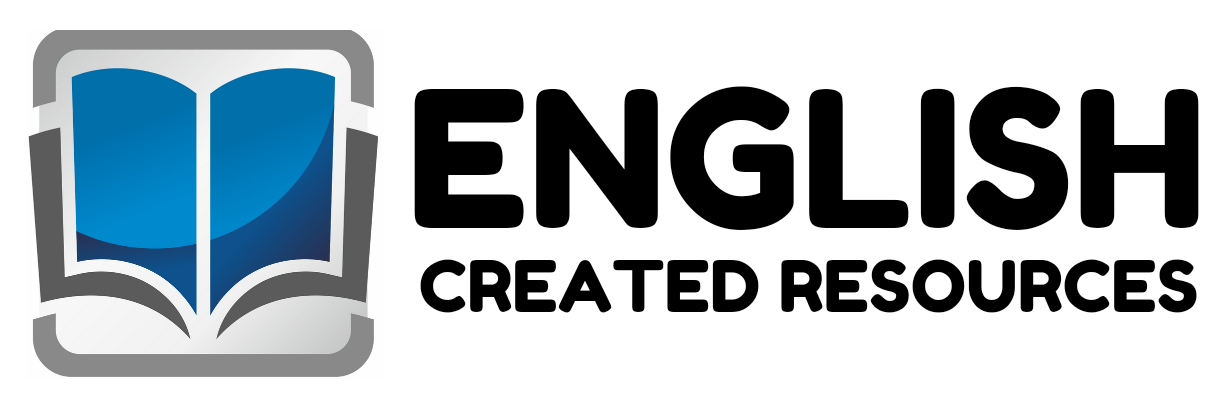Pencil Letter Tracing Cards

Pencil Letter Tracing Cards
In the early years of childhood education, preschool serves as a foundation for developing critical cognitive, emotional, and motor skills. One of the most fundamental aspects of preschool education is learning how to write letters, a skill that not only supports literacy development but also lays the groundwork for communication, expression, and academic success. Among the many tools used to foster this early learning, Pencil Letter Tracing Cards have proven to be especially effective and valuable. These cards offer a tactile, visual, and kinesthetic approach to letter formation that supports the diverse learning needs of young children. This essay explores the importance of Pencil Letter Tracing Cards in preschool education, focusing on their benefits in developing fine motor skills, enhancing letter recognition, improving hand-eye coordination, fostering confidence, and supporting individualized learning.
1. Development of Fine Motor Skills
One of the most significant advantages of using pencil letter tracing cards is their role in developing fine motor skills. At the preschool age, children are still refining the muscles in their hands and fingers that are needed for writing. Tracing helps children practice controlled pencil movements, which strengthens their grip and enhances dexterity. Repetitive tracing of letters reinforces the coordination between the hand and brain, gradually enabling children to write independently with better control and precision.
2. Foundation for Letter Recognition and Writing
Letter recognition is a crucial early literacy skill that directly correlates with future reading and writing success. Pencil letter tracing cards visually present both uppercase and lowercase letters in a structured format, allowing children to become familiar with each letter’s shape and form. By tracing the letters, children begin to internalize their structure and learn the correct sequence of strokes. This multisensory method solidifies the recognition process and aids memory retention, making it easier for children to identify and write letters on their own.
3. Improvement in Hand-Eye Coordination
Hand-eye coordination is essential for many everyday tasks and is particularly important in writing. Tracing requires children to visually follow the lines of each letter while simultaneously guiding their hand along the same path with a pencil. This synchronization of vision and movement sharpens their ability to focus and align their motor actions with what they see, which is a foundational skill not only for writing but for many academic and physical tasks.
4. Promotion of Confidence and Independence
Preschoolers often struggle with frustration and anxiety when trying to write letters without guidance. Pencil letter tracing cards provide a clear, structured starting point that minimizes errors and helps children achieve success early on. Each completed tracing gives children a sense of accomplishment, which boosts their confidence and motivates them to keep learning. Over time, as they become more familiar with letter formation, they begin to rely less on the tracing guide and transition to writing letters independently, reinforcing a positive cycle of learning and self-esteem.
5. Support for Different Learning Styles
Every child learns differently. Some are visual learners, while others respond better to kinesthetic or tactile experiences. Pencil letter tracing cards cater to multiple learning styles at once. The visual aspect of seeing the letters, the tactile sensation of holding the pencil and moving it across the card, and the auditory element that can be added by saying the letter’s name or sound aloud while tracing all work together to engage a child on several levels. This multi-sensory learning experience ensures that more children can grasp the concept of letter writing in a way that suits their individual needs.
6. Structured and Reusable Practice Tool
Pencil letter tracing cards offer a practical and reusable way to provide consistent writing practice. Teachers and parents can laminate the cards and use dry-erase markers or pencils, allowing children to practice repeatedly without wasting paper. This structure makes it easier to track progress over time and reinforces consistency in learning, which is crucial at this developmental stage.
7. Enhancing Pre-Reading and Spelling Skills
The ability to write letters accurately contributes directly to a child’s reading and spelling abilities. When children trace and then write letters correctly, they become more aware of letter-sound relationships. As they begin to understand how letters form words, they develop phonological awareness, which is critical for early reading. Pencil letter tracing thus serves as an essential bridge between recognizing individual letters and forming complete words.
8. Easy Integration into Classroom and Home Learning
Pencil letter tracing cards are highly versatile and can be easily incorporated into both classroom settings and home learning environments. Teachers can use them in literacy centers, during free-play time, or as part of small-group instruction. Parents can support their children’s learning by using the cards during homework or quiet play time, ensuring continuity in learning outside of school hours.
In summary, Pencil Letter Tracing Cards play a vital role in early childhood education by providing a hands-on, engaging, and effective method for teaching letter formation. They help preschool children strengthen fine motor skills, improve hand-eye coordination, recognize and write letters, and develop confidence in their writing abilities. Furthermore, their adaptability makes them suitable for various learning environments and styles. By incorporating these cards into daily learning routines, educators and parents can lay a strong foundation for children’s future literacy and academic success.
Samples From the Cards













